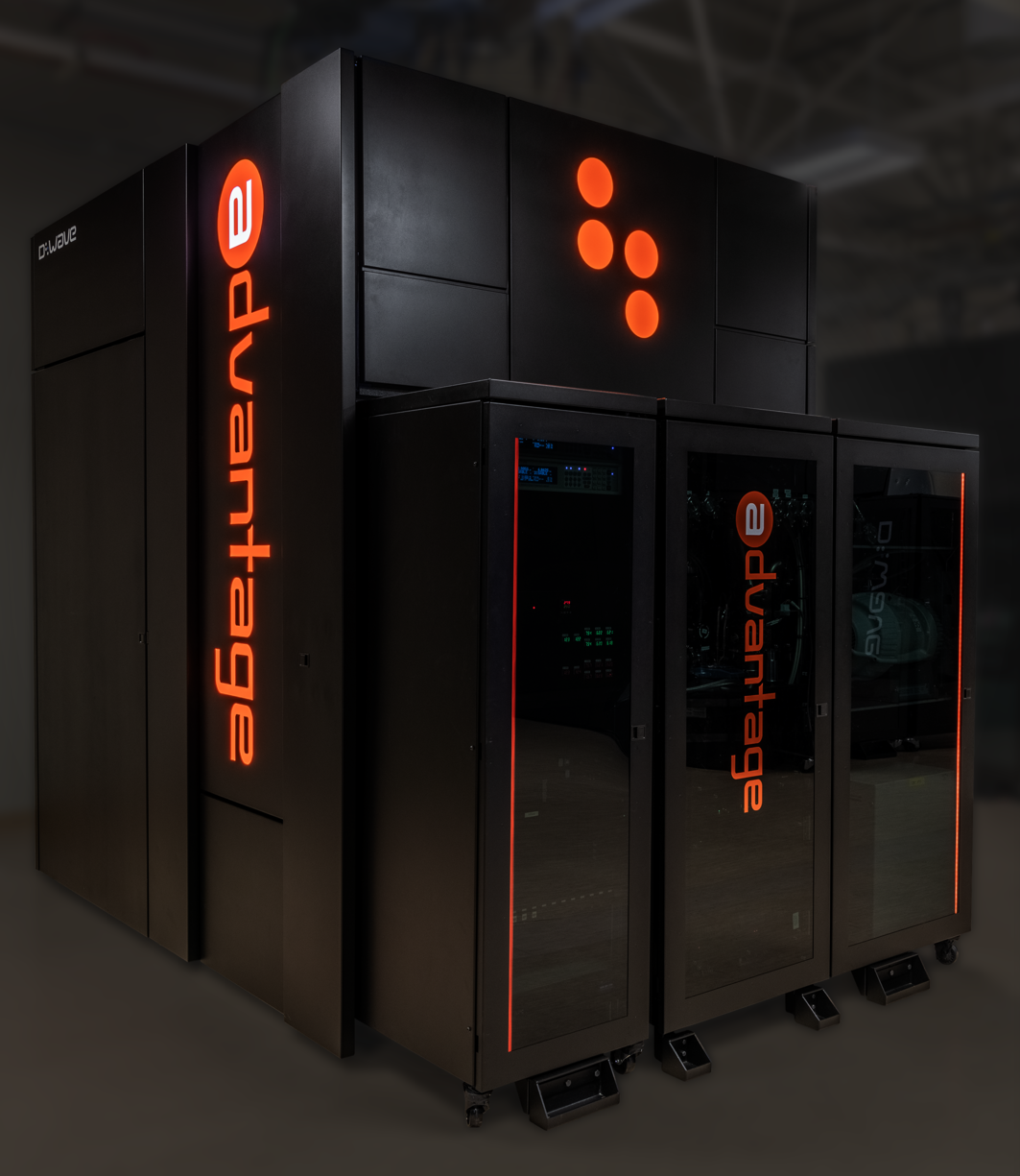Microsoft announced the Majorana 1 quantum processing chip which is the first in the world to use Majorana fermion particles instead of electrons to...
Vous n'êtes pas connecté
- English
- Français
- عربي
- Español
- Deutsch
- Português
- русский язык
- Català
- Italiano
- Nederlands, Vlaams
- Norsk
- فارسی
- বাংলা
- اردو
- Azərbaycan dili
- Bahasa Indonesia
- Հայերեն
- Ελληνικά
- Bosanski jezik
- українська мова
- Íslenska
- Türkmen, Түркмен
- Türkçe
- Shqip
- Eesti keel
- magyar
- Қазақ тілі
- Kalaallisut ; kalaallit oqaasii
- Lietuvių kalba
- Latviešu valoda
- македонски јазик
- Монгол
- Bahasa Melayu ; بهاس ملايو
- ဗမာစာ
- Slovenščina
- тоҷикӣ ; toğikī ; تاجیکی
- ไทย
- O'zbek ; Ўзбек ; أۇزبېك
- Tiếng Việt
- ភាសាខ្មែរ
- རྫོང་ཁ
- Soomaaliga ; af Soomaali
Rubriques :
 Maroc - NEWSDAY.CO.TT - A la Une - 17/Feb 04:26
Maroc - NEWSDAY.CO.TT - A la Une - 17/Feb 04:26
The inevitable upgrade
BitDepth#1498 Mark Lyndersay INTO EVERY technology-reliant business some rain must fall. Sometimes it's a downpour; a hardware upgrade and the attendant software challenges come bobbing along in the muddied waters. In enterprise, the problem usually arises when a business must confront the end of life of a critical business app that runs on outdated, hardware that's no longer upgradeable. It's possible to run legacy (also described as museum or archival) systems long past their reliable technology lives, but even the most reliable hardware will eventually fail. The problem can also manifest in required supporting software, making its continued use problematic or straight up impossible. There are the potentially apocryphal stories of businesses that were unable to find critical server systems on their premises, only to realise after trailing their network cabling that the system was in unusual spaces, hidden by drywall or lost among a massive installation of newer hardware. The story of a Novell server that hadn't been seen for four years at the University of North Carolina and was found walled in by a maintenance crew is the standing benchmark for such tall tales. So here's my confession. Since 2011, I've been running a cavalcade of machines capable of supporting Mac OS High Sierra (10.13) for one reason: I refuse to subscribe to Adobe Photoshop. That was the last stable version of the OS that supported my perpetually licensed copy of Adobe Photoshop CS6 and Lightroom 6. I'd kept that copy of Photoshop running across multiple system updates until hitting that OS compatibility wall. Over those years, I used two consecutive 2009 MacPro towers, an iMac Pro and finally a 2013 MacPro, the infamous "trashcan Mac." It was a simple choice. Keep using the old thing that I was comfortable with that wasn't broken or go through the pain of learning a new thing that aligned with modern standards. Eventually, it was everything except the old copy of Photoshop that caught up with me. Services I couldn't connect to any more. Browsers and other software that couldn't be updated. Even forked open-source software committed to maintaining usability on older systems was beginning to show insurmountable cracks. What followed was a serious month of running Photoshop alternatives to find a workflow that could replace one that had been worn in over almost 35 years of digital photography. Unlike enterprise computing systems, which can be tasked with a single digital requirement, a computer system in a home office must deliver multiple services to earn its keep and the cumulative failure of those ancillary tasks can begin to put an ever heavier hand on the scales of a decision to retire a legacy system. I've seen many systems continue in use well past their anticipated useful lives, but when I see them, it's usually because their users are having an intractable problem with required software. The useful life of a modern computer is around five years. Most software and operating systems will support five-year-old hardware. Ten years is the outside age for a computer system. At that point, software developers have moved on. Operating system developer teams can't grapple with the demands of new hardware while maintaining compatibility with older iron. Connection ports will be dramatically out of sync with modern realities and may not even exist any more. Even when the connectors work, they may not work the way the user expects. USB-A, for instance, delivers a range of transfer speeds from USB1 (1.5 megabits) to USB3 (five gigabits). To help with the considerable confusion that creates, modern USB-A ports are usually colour-coded, but the further back the hardware goes the slower the likely connection speed. The system might have Bluetooth, but a Bluetooth v2 radio on the motherboard means that your fancy headphones will connect at that speed. The only OS that caters to systems that old any more is Linux, which is buoyed by a spirited community and managed crowdsourcing, a non-profit model that's not sustainable in the commercial computing industry. The migration to my current upgrade forced a more flexible server architecture as I went along. The 2009 MacPros could host seven drives (one on a PCI adapter) in one massive case. The iMac Pro forced a division between computer and storage that proved to be a good idea. That 2013 MacPro underlined the need for a fast connection between storage and computing system. Another consequence of this incremental effort at upgrading has been the notable shrinking of the hardware. The workstation replacement is the M4 MacMini, which handily outpaces all its predecessors in a form factor that fits comfortably in my open palm. The 2009 MacPro required two hands and lifting with my knees. Mark Lyndersay is the editor of technewstt.com. An expanded version of this column can be found there The post The inevitable upgrade appeared first on Trinidad and Tobago Newsday.
Articles similaires
Spyware As A Service: Challenges In Applying Export Controls To Cloud-Based Cyber-Surveillance Software – Analysis
By Kolja Brockmann and Lauriane Héau For all their legitimate law-enforcement and intelligence-gathering uses, cyber-surveillance tools are...
NASA explores Earth science with new navigational system
NASA and its partners recently tested an aircraft guidance system that could help planes maintain a precise course even while flying at high speeds up...
Aalpha Information Systems Recognised For Excellence In AI-Powered Business Solutions
Aalpha Information Systems is a globally recognised software development company specialising in AI, machine learning, blockchain, and cloud-based...
D-Wave Announces On-Premises Quantum Systems for Purchase, FZJ Becomes First HPC Adopter
Insider Brief: PRESS RELEASE — D-Wave Quantum Inc., a supplier of quantum computing systems, software, and services and the world’s first...
Oppo Find N5 Review – 5 Star Flip Phone
One day, the Oppo Find N5 has been launched today. Don’t rub your eyes because you are really good at counting. This year’s model is the N5 not...
DOGE seeks access to IRS system with taxpayers' financial data
The Department of Government Efficiency is seeking access to Internal Revenue Service computer systems that include detailed financial information...
Doom Runs With a Lightning to HDMI Dongle
Doom was the first FPS shooter developed by id Software, and in modern times, it is often used as an example to validate some pretty weird computer...
Why Trump’s Tariff War And Anti–Immigration Policy Are Unlikely To Hinder India’s External Economic Growth – OpEd
Currently, the USA is the prime trigger for India’s external economic growth. It is the biggest export destination of India. The trajectory of...
The Most Dramatic Narrative Shift In Modern History – OpEd
The most dramatic narrative shift in this post-lockdown period has been the flip in the perceptions of government itself. For decades and even...
Les derniers communiqués
-
Aucun élément





